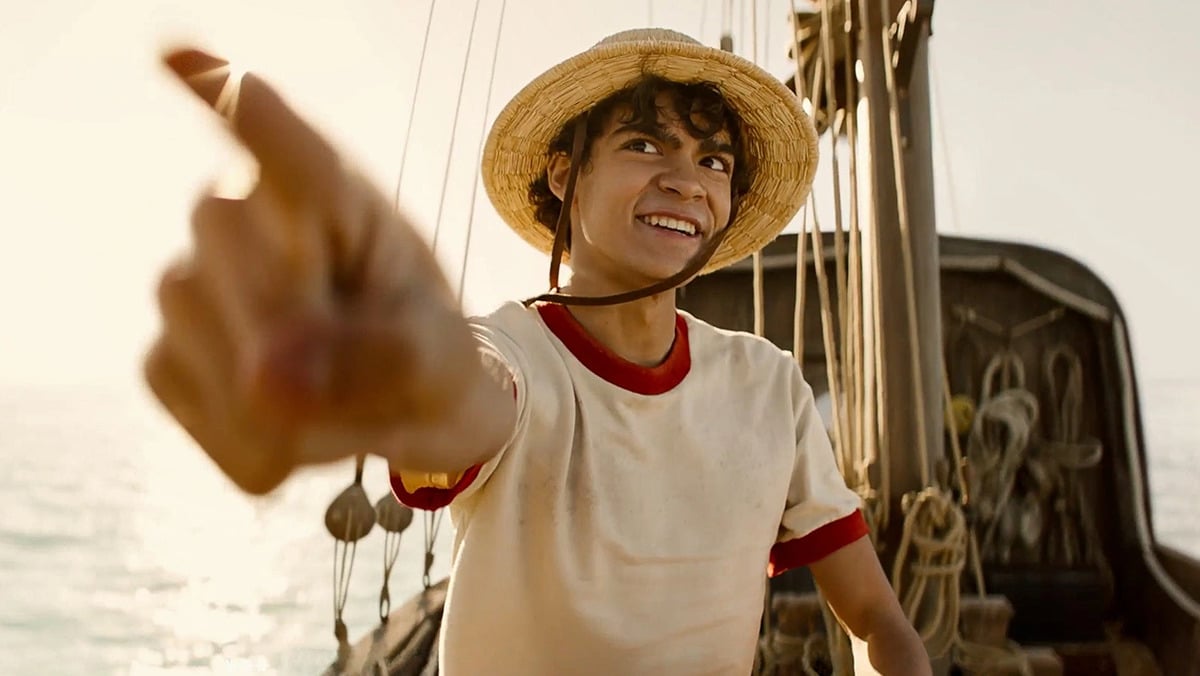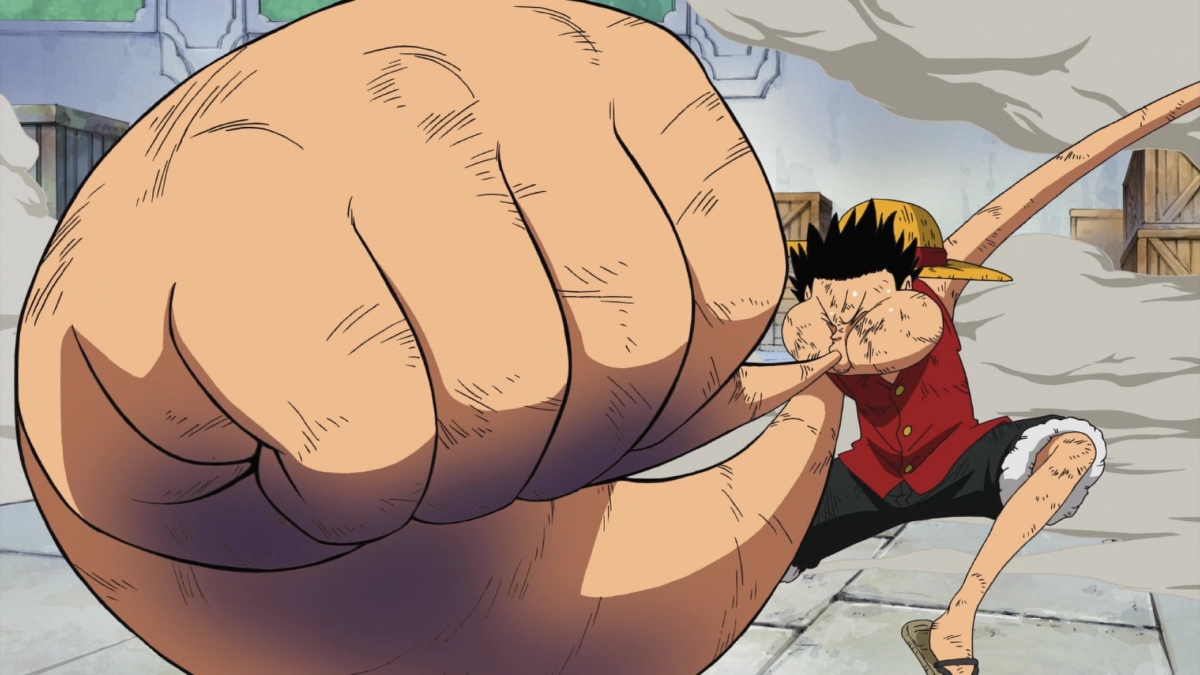When bringing an anime like One Piece to life there are a lot of things to consider, especially when its protagonist’s main power is a body with the quality of rubber. These things are pretty easy to draw when it comes to anime, but how on earth did director Mark Jobst deal with adapting this for live-action?
When it came to recreating the world of One Piece, it wasn’t building the huge ships that was the problem, it was how they were going to make Luffy’s extra stretchy body seem realistic. In Eiichiro Oda’s manga, the would-be pirate king unknowingly ate a Devil Fruit when he was just seven years old which granted his body the abilities of rubber, allowing him to stretch, bounce, bend, and twist, in superhuman ways. Translating this into live-action was apparently one of the hardest tasks of the show according to Mark Jobst who directed two of the series’ episodes.
Speaking with Entertainment Weekly, Jobst talked about tackling this technical challenge:
“We had so many meetings about this. We did lots of tests and we had lots of conversations in order to figure out, how does this work? Do all his hairs spread apart when he stretches? What happens to all the pores? Does it stretch at the same thickness all the way through, or does it go noodly and look silly? Do the clothes stretch with him or does he stretch out of the clothes? We tested so many different things. You think, ‘well, okay, it’s got to obey the laws of physics.’ And then you look at it and you think, ‘well, sometimes.’ In the end, you’ve just got to go with what looks right.”
Obeying the laws of physics can be quite hard when translating a fantastical anime to live-action. In many cases, the fight scenes are often crazy and physically impossible (fighting with a sword between your teeth is not recommended in real life) but you still need to make it look somewhat realistic for audiences in order to build the stakes. Jobst also discussed how camera tricks were used to convey the action:
“In the Alvida fight, it was less about showing the stretchy skills and more about showing the fun that he was having with the stretch. He stretches out his arm and the camera goes out with it, you take it out into the black, then you turn the camera around and you show the hit.”

Creating a stretchy person has often come with challenges when it comes to live-action, the 2005 Fantastic 4 film tried its best when it came to adapting Mr. Fantastic’s stretchy ability, but was hampered by the CGI quality at the time. Recently, in the case of Ms. Marvel, the studio opted to change her power set from transforming her body to manipulating energy instead, which was perhaps less of a challenge for visual artists to create.
Jobst went on to add though, that at the end of the day, all the visual art in the world isn’t going to work if the actor isn’t selling it:
“You can have all the visual effects and the pyrotechnics, but if you don’t have a really believable, authentic performance in the center of your frame, nobody cares. I feel like all of these actors have delivered something committed and heartfelt.”
You can see Luffy, played by the bouncy Iñaki Godoy, and the rest of his pirate crew sail the seas in One Piece now available to watch on Netflix.

